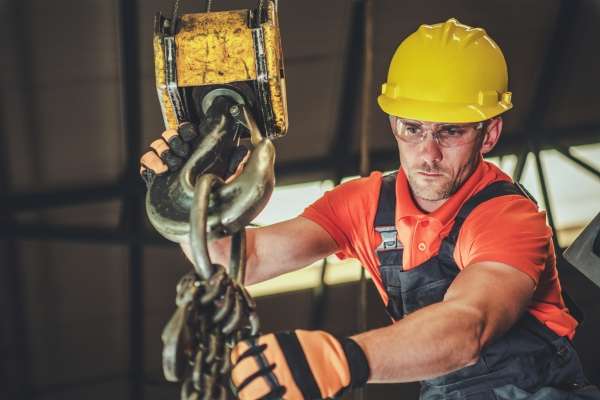100 %

Jul 19,2023
Regarding heavy-duty lifting, businesses seek equipment that can handle the toughest challenges with unwavering strength and reliability. Polyester slings have emerged as a top contender in robust lifting operations. This article will explore whether polyester slings are the right choice for heavy-duty lifting tasks. From their exceptional strength and versatility to their advanced safety features, we will explore why polyester slings reign supreme in mastering heavy-duty lifting. So, let's dive in and discover why these slings are the go-to solution for powerful lifting operations.
Polyester slings possess unparalleled strength, making them easily handle the heaviest loads. Whether it's industrial machinery, construction materials, or massive cargo, these slings are up for the challenge, standing tall against immense weight.
In heavy-duty lifting, polyester slings are the true lifting titans. Their high tensile strength and robust construction enable them to shoulder the weight of even the most demanding loads, ensuring efficiency and safety in every lift.
Businesses can trust polyester slings to be their steadfast ally when lifting tasks that demand utmost strength and reliability. These slings are engineered to excel in challenging lifting scenarios, making them an indispensable asset in heavy-duty operations.
Polyester slings boast remarkable flexibility, allowing them to adapt to various heavy-duty lifting applications. These slings rise to every challenge, whether it's irregularly shaped machinery, construction materials, or critical infrastructure components.
One of the defining features of polyester slings is their unmatched adaptability. They can be easily adjusted to fit various load sizes and shapes, providing a secure grip and minimizing the risk of accidents during heavy-duty lifting tasks.
Polyester slings have entered diverse industries, including construction, shipping, manufacturing, and more. Their versatility makes them the go-to choice for lifting across different sectors, proving their adaptability and reliability in rigorous demands.
In heavy-duty lifting operations, worker safety is paramount. Polyester slings are designed to provide a secure and gentle grip on loads, reducing the risk of accidents and ensuring the well-being of workers during lifting tasks.
Heavy-duty lifting often involves transporting valuable and sensitive cargo. Polyester slings' safety features, such as their soft and non-abrasive nature, protect the integrity of the load and prevent damage during transportation.
Reputable polyester sling manufacturers subject their products to rigorous testing and ensure they meet safety standards and certifications. This commitment to compliance assures businesses that their lifting operations prioritize safety above all else.
Polyester slings undoubtedly excel in heavy-duty lifting, boasting unmatched strength, versatility, and safety features. Their ability to easily tackle the heaviest loads, adapt to rigorous demands, and prioritize worker safety makes them the right choice for mastering robust lifting operations. Businesses can rely on polyester slings as their trusted ally, ensuring successful heavy-duty lifting while safeguarding workers and valuable assets. Upgrade your lifting equipment with high-quality polyester slings and experience the power they bring to your heavy-duty operations.
A: Absolutely! Polyester slings are specifically designed for heavy-duty lifting tasks and can handle exceptionally heavy loads with their high tensile strength.
A: Yes, polyester slings' flexibility and adjustability make them an ideal choice for securely lifting irregularly shaped and bulky loads.
A: Polyester slings prioritize worker safety by providing a secure grip on loads and meeting safety standards, ensuring a safe and efficient heavy-duty lifting operation.